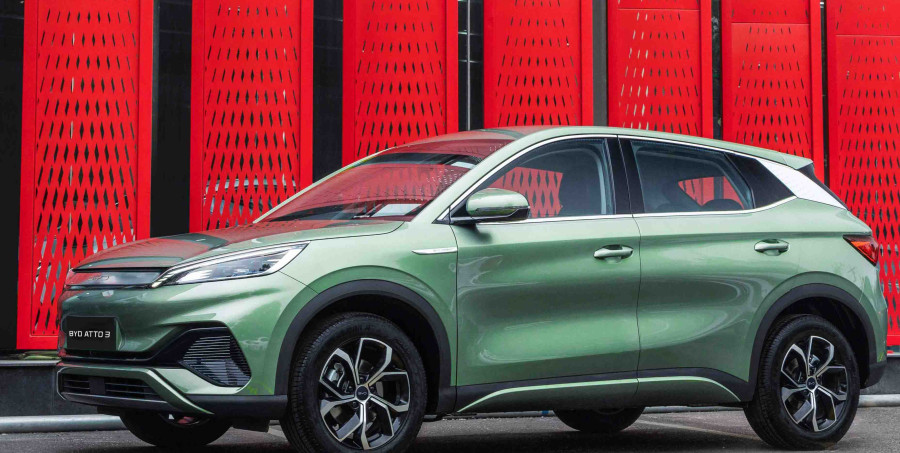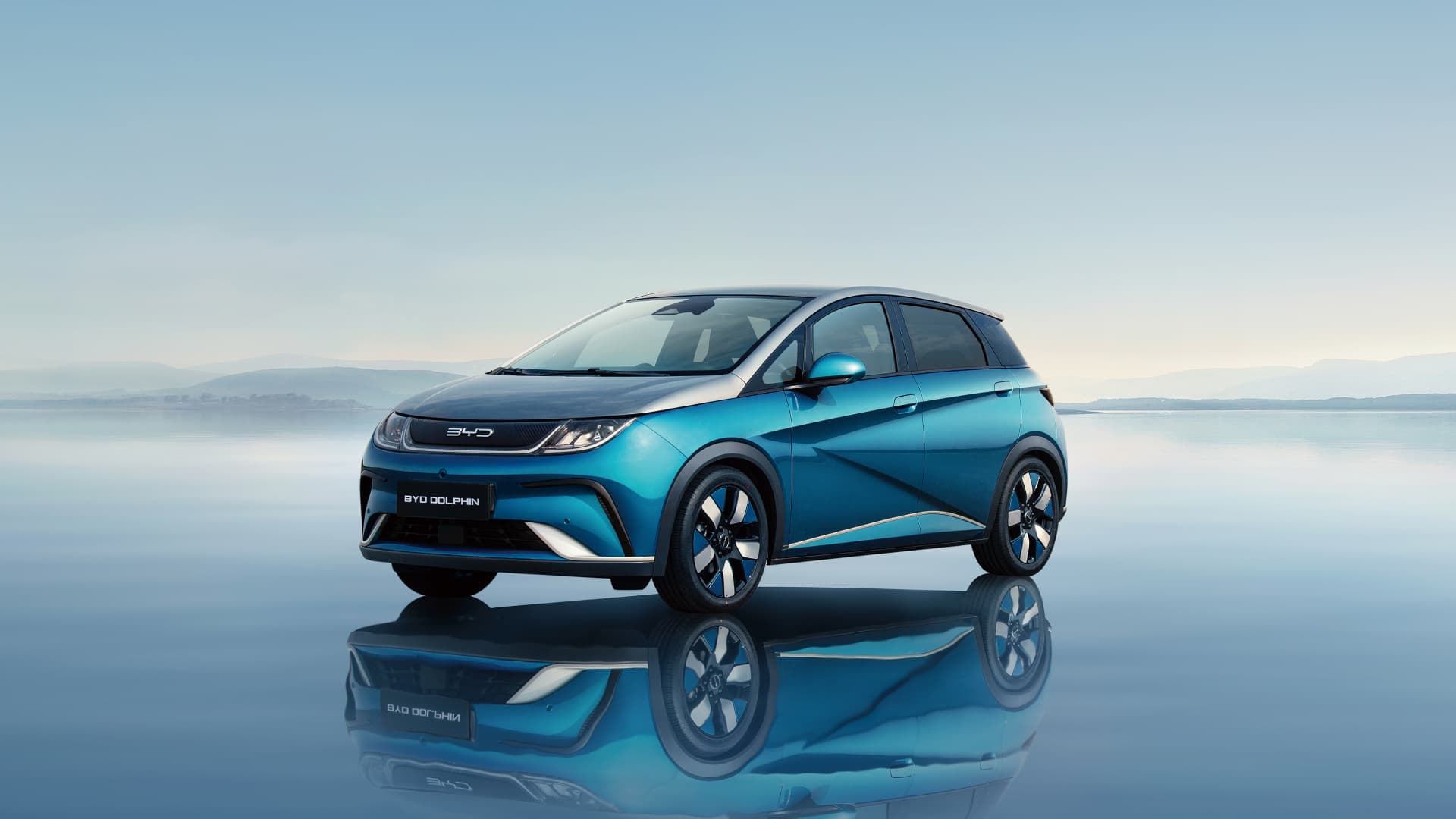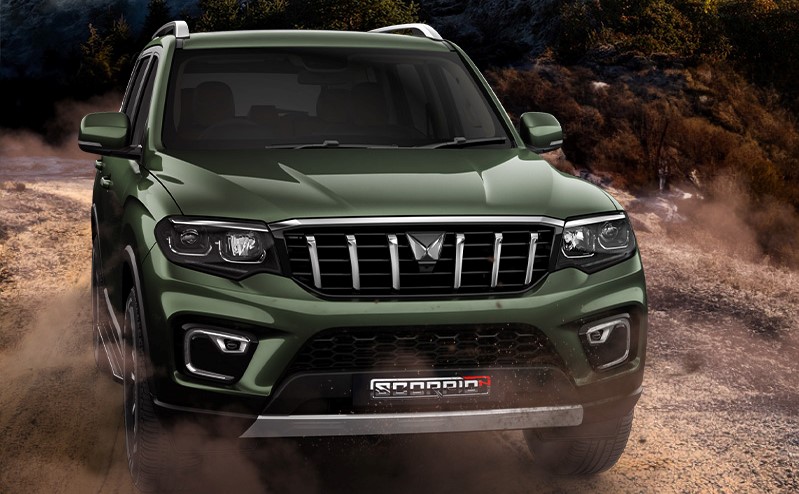Money
NADA Auto Show slated for September opening
Auto dealers say that around 40 percent of their annual auto sales take place in the two months of the autumn festival season.
Subin Adhikari
Nepal's annual automobile show is back after a four-year Covid break. The NADA Automobiles Association of Nepal said the 15th edition of the car festival would open on September 12 in Kathmandu and continue for six days.
As per the organiser, 82 companies—17 four-wheeler, 23 two-wheeler, six commercial vehicle companies, five banks and finance companies and 31 dealers of spare parts, lubricants and accessories—will showcase their products at the NADA Auto Show.
Dhruba Thapa, president of the NADA Automobiles Association of Nepal, says 25 percent of the companies are new players in the Nepali market.
“This exhibition is special for us because it’s taking place after a long gap,” said Thapa. The auto show has been on hold since 2020 when the Covid-19 pandemic brought the world to a standstill.
Auto dealers say that around 40 percent of their annual auto sales take place in the two months of the autumn festival season.
In April 2022, the central bank banned the import of jeeps, cars and vans except for ambulances and hearses in a bid to conserve the country's fast depleting foreign currency reserves. All the motor vehicles on Nepal's streets are imported.
Motorcycles with an engine capacity of more than 250 cc were also embargoed.
While the ban on gasoline-powered vehicles continued, automobile dealers organised an expo of electric vehicles (EVs) in 2022.
Traders say they expect to see a turnover of more than Rs20 billion during the coming NADA Auto Show. They plan to launch a slew of new products during the expo.
Here are some new launches in the offing.
BYD Atto 3
Cimex Nepal, distributor of BYD in Nepal, is launching the BYD Atto 3 and BYD Dolphin at the auto show. The company says the BYD Atto 3 comes with a 100 kW motor and 49.92 kWh battery. It claims that the BYD Atto 3 offers a range of 345 km on a single charge. Prices of the electric vehicle in Nepal range from Rs5.59 million to Rs8.2 million.
BYD Dolphin
In the global market, the BYD Dolphin is available in two battery options–44.9 kWh and 60.4 kWh, and three motor options–70 kW, 130 kW and 150 kW. The 60.4 kWh battery option offers a company-claimed range of 427 kilometres and 44.9 kWh provides a range of 340 kilometres. The company said the prices and specifications of the BYD Dolphin would be unveiled at the expo.

Hyundai Exter
Laxmi Hyundai, distributor of Hyundai Motor Company, is going to roll out the Exter–a new sports utility vehicle (SUV) at the expo. The Exter is equipped with a 1.2-litre petrol engine and comes with 5-speed manual transmission and automated manual transmission (AMT) options. It has six airbags as standard. This SUV offers over 40 advanced safety features and 26 safety features available across all variants.

Scorpio-N
Agni Incorporated–distributor of Mahindra and Mahindra for Nepal–plans to take the wraps off the Scorpio-N at the expo. The Scorpio-N comes with 2.2-litre diesel engine and 2-litre petrol engine options. It’s available in both manual and automatic transmission. There is also a 4 4-wheel drive option and the vehicle can be fitted with six or seven seats.
Pushpa Khatiwada, assistant marketing manager at Agni Incorporated, said, “We have recently introduced some new products in the Nepali market. We will showcase them at the expo as well. Besides, we might also bring some new products which we can’t announce right now.”

According to Thapa, companies selling petrol and diesel vehicles are offering heavy discounts and schemes to attract customers towards cars powered by internal combustion engines as demand for this model has slowed.
Auto traders expect sales to rebound this year as the government and financial institutions are making an effort to provide loans to car buyers. Annual transactions in the Nepali automobile sector used to amount up to Rs100 billion, but sales suffered when a liquidity crisis hit banks in 2021-22.
“In the last fiscal year, the auto business barely reached Rs40 billion,” said Thapa.
In a bid to revive sales, the central bank in its monetary policy for the fiscal year 2023-24, lowered the capital-to-risk weighted assets ratio from 150 to 100 percent for the automobile sector, especially small and entry-level vehicles.
Banks and finance companies have started offering various schemes for auto loans of late as the liquidity crisis has eased in the country.
Auto dealers say that EV demand is building momentum in Nepal. According to the Department of Customs, 4,050 EVs—cars, jeeps and vans—were imported in the last fiscal year.
“Even though EV sales have been increasing lately, we expect that the auto show will provide some fresh products to buyers looking for petrol-diesel vehicles too,” added Thapa.




 18.12°C Kathmandu
18.12°C Kathmandu















